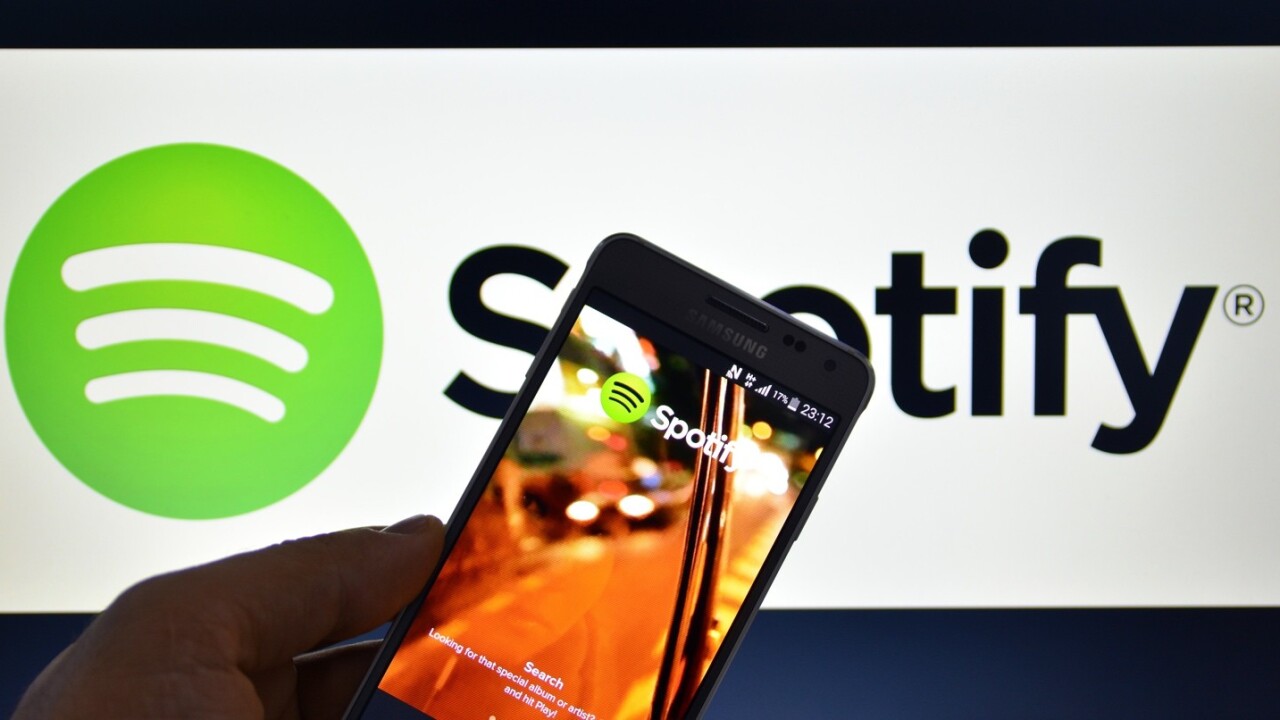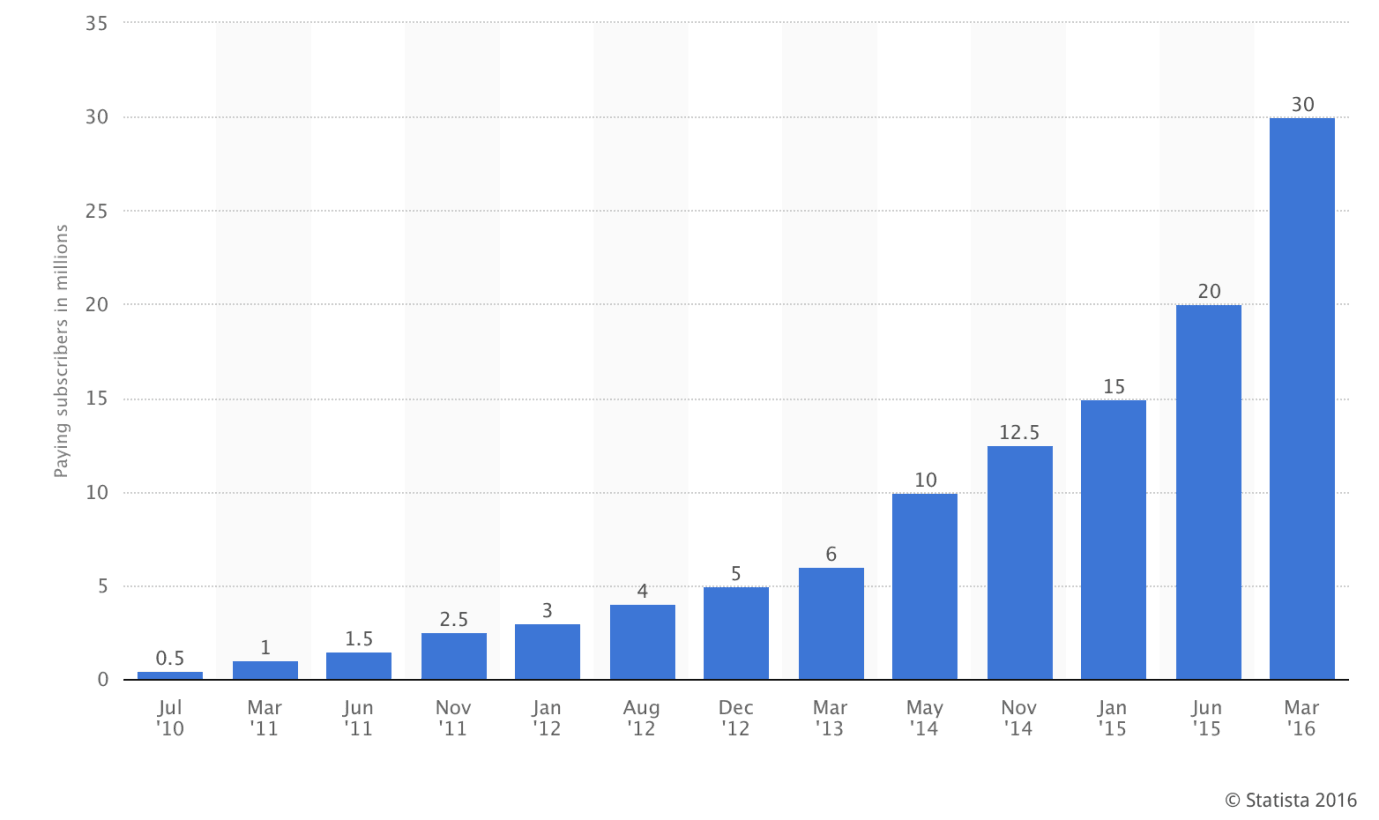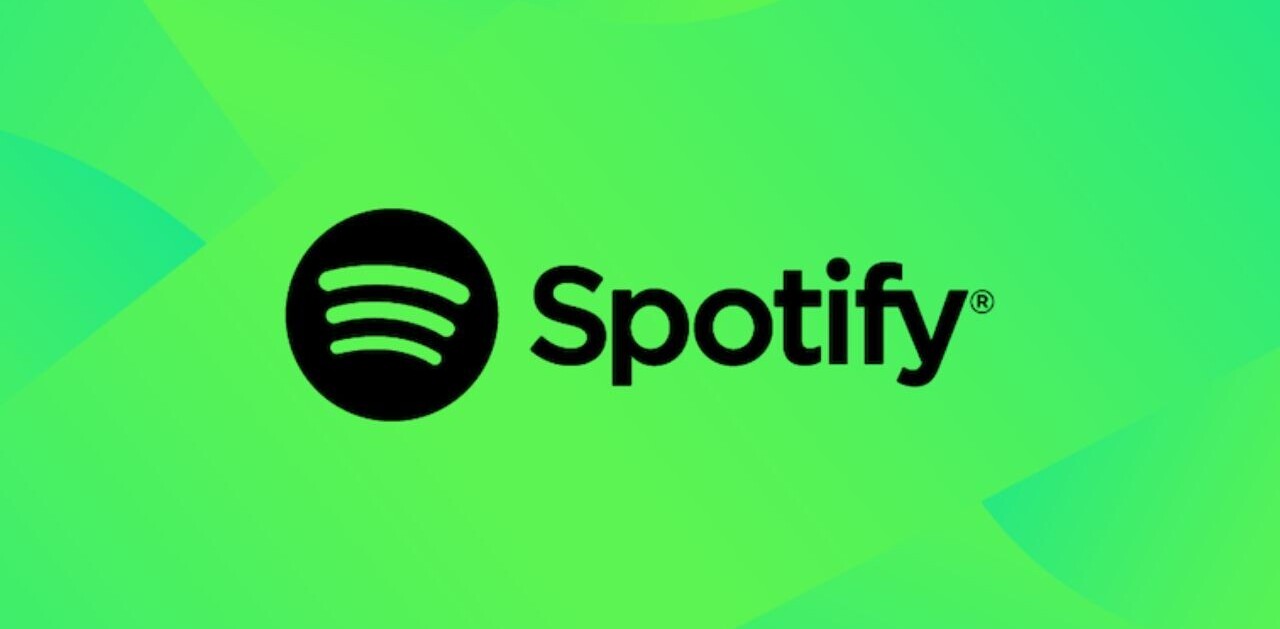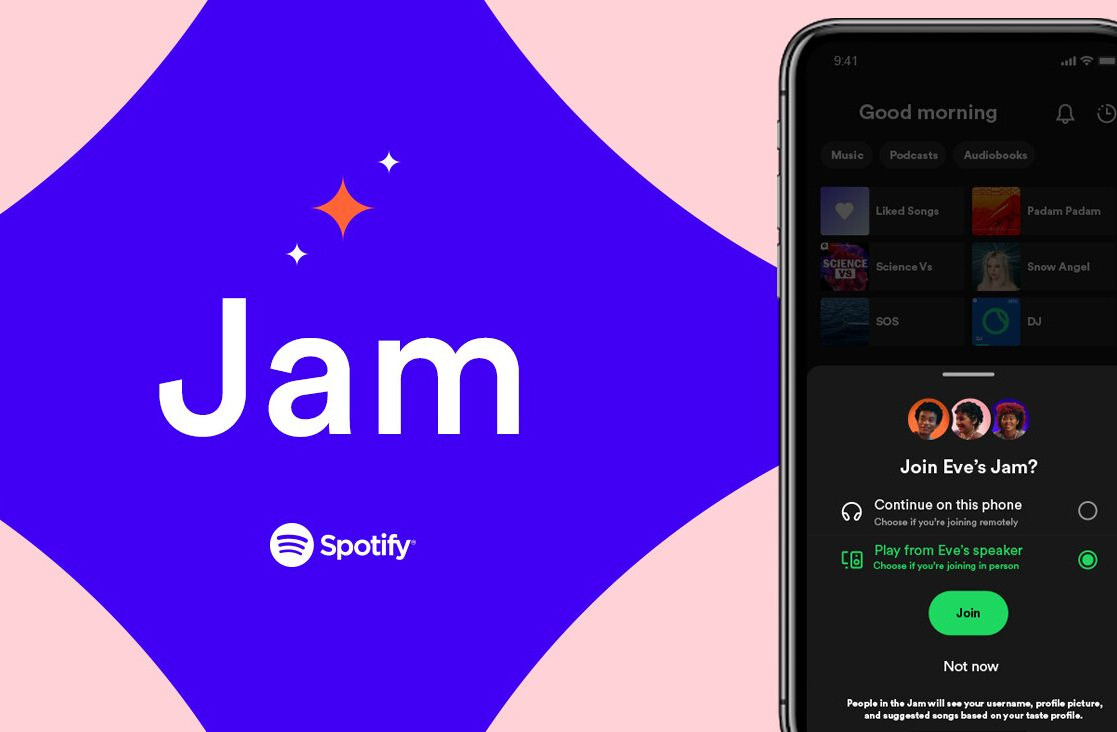
I love Spotify. It’s my go-to for music and I’ve chosen it repeatedly over the likes of Google, Apple and others. My affinity for Spotify, however, isn’t going to save it — nor is its new monetization plan.
It’s important to understand how a business with 75 million users is walking on such a tightrope to begin with.
While Spotify claims to have 30 million paying users, the margins are so small after the 70/30 split and expenses, Spotify has yet to turn a profit. The prospects of that changing anytime soon appear slim. The company, after all, made over $2 billion last year, while reporting a loss of $197 million, all while employees are seeing ever-increasing salaries ($168,000 on average) and executives are pocketing an average of $1.3 million yearly.
There’s nothing wrong with running a business that eeks by on the narrowest of margins — or pays its employees well — but it certainly doesn’t leave a lot of room for error, or complacency.
Paid subscriber growth is great, but that growth tier isn’t scalable without outside help since the margins remain static no matter how many paid subscribers Spotify acquires — unless it can negotiate a new deal with the labels, a move that’s going to be difficult due to their hatred for the freemium model.

30 million paid subscribers makes Spotify the largest streaming site (by subscriber count) in the world, but it’s the free users that hold the key to the service’s future — whether record labels like it or not (they don’t). I believe there’s value in the free tier — leads, additional income streams to keep the site afloat and the ability to market to current customers already engaged with the product.
Spotify obviously agrees.
Record labels, on the other hand, don’t quite see it that way, but that’s a debate for another day.
So, Spotify has to prove the value in its free tier to stay operational. Here’s how it plans to do that.
Spotify’s monetization strategy
Monetizing over 40 million free users is a two-pronged approach that can be summed up in the following: better discovery and additional content.
Providing additional options for users to discover new music keeps them engaged, and it’s scalable — the discovery engines are mostly reliant on machine learning and artificial intelligence. Overall, this is a huge win, and something Spotify already does better than nearly any streaming music site on the market. If it continues to improve, it won’t end its troubles, but at least it can hang its hat on being the best streaming choice for music discovery — something Apple is still mostly “meh” at.
As for additional content, Spotify plans to provide interviews with artists, videos, and pop-ups that explain lyrics and meaning behind some of your favorite tunes. This effort is being spearheaded by the recent acquisition of a YouTube senior exec that’s more than familiar with the difficulty of keeping people on the site.

Here’s why it won’t work
When I say these ideas won’t work, I’m not downplaying Spotify’s effort, nor do I think the ideas are bad ones; I think both are great, and they’re exactly what the company needs to do to compete, and thrive.
The problem, however, is in Spotify’s competition — Google and Apple.
Both companies are fully capable of working out exclusive, industry-friendly deals that see them operating at a loss in order to put the squeeze on a standalone service that’s completely reliant on consistent income in order to remain operational. Both Google and Apple can operate at a loss for a decade or more to squeeze out competition, a move both seem completely comfortable with.
Because of these industry-friendly deals, you could also be looking at exclusive launches, additional artist promotion and collaborative efforts and sponsorships between the two industries — something we’ve already seen from Apple.
The collective muscle from the non-one-trick-ponies in the industry leave Spotify in a precarious position; can a streaming site remain just a streaming site and stay competitive in a market featuring two of the five richest companies in the world? Time will tell, but as for now, it doesn’t look good for Spotify and it doesn’t seem there’s much to be done about it aside from an acquisition by a bigger player in the space.
Google and Apple seem at least semi-content to let Spotify play ball for now.
If — or when — either decide to drop the hammer, Spotify is in some serious trouble and no amount of new content (or plans to monetize it) are going to be able to save the streaming service. It’s a sad reality for those trying to breathe the same air as the Walmart’s of the online space, but a reality it remains nonetheless.
For Spotify, it’s not a matter of if, but when.
Get the TNW newsletter
Get the most important tech news in your inbox each week.




